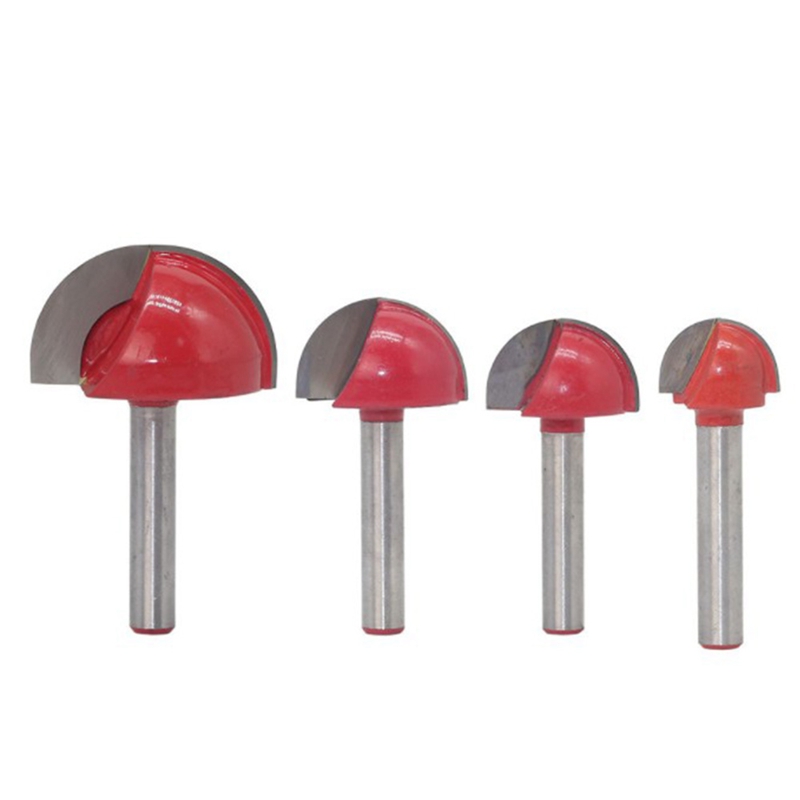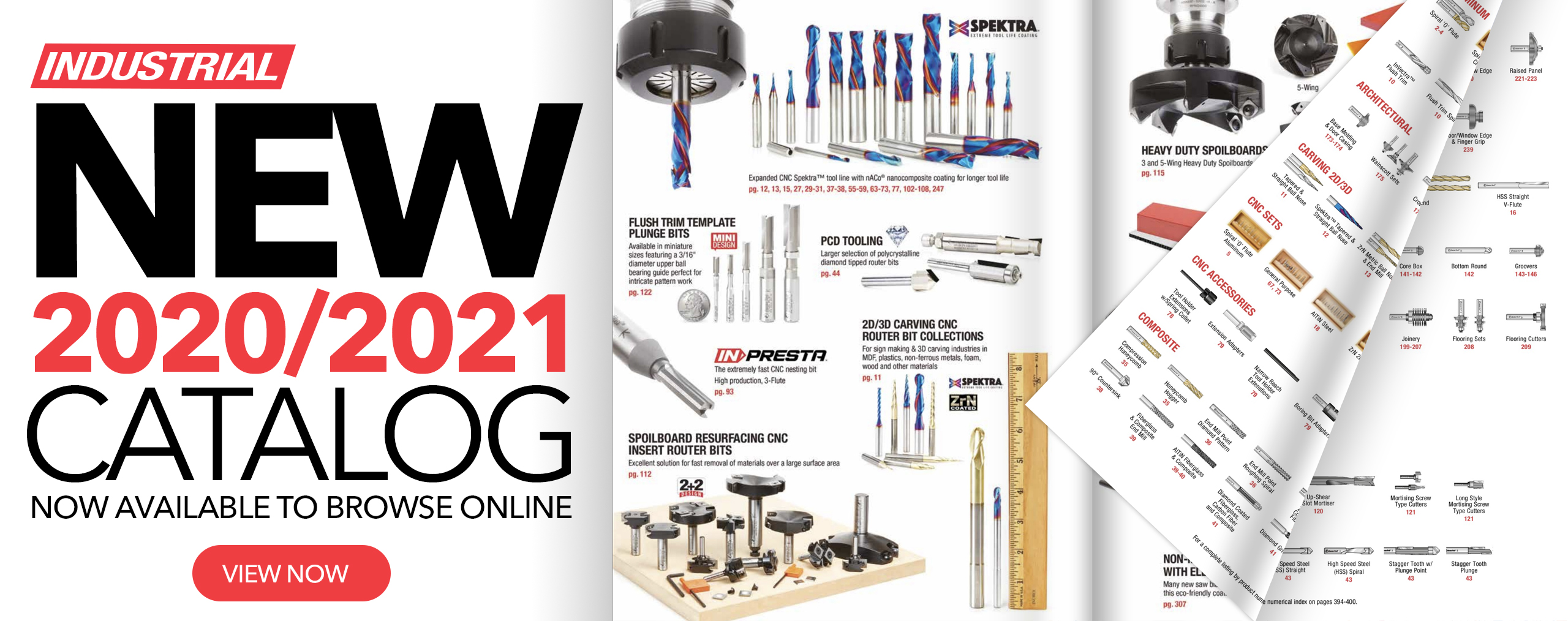
These zero lines correspond to the front edge of the jig and the edge of the “odd fence.” The Z zero is the top of the material (shown in section “A” as “Must be Flush” The cutting file also needs the exact distance between the fences. You should notice that the jig should be zeroed as shown by the arrows. The following 2 illustrations show the orientation of the jig on the ShopBot table, the drawer parts and how they fit into the jig, and the orientation of the parts for cutting. In order to get my aluminum extrusion to work better, I sanded the contact side and then bent the center towards the jig 1/16” for better contact across the material. Holding the material down to the jig is also very important. You will need to know the exact distance between the fences to be able to cut pairs of corners accurately. You may also want to consider building the jig and cutting the fences parallel with the ShopBot. You will need to have a very secure mounting method as cutting end grain in dense hardwood puts a lot of stress on both the jig and the tool. On my setup, I am cutting between the limit switches and the hard stops, so I must turn the limit checking off to use the jig. You will also need to be able to cut beyond the end of your table in the –X direction. 5/8” is the thinnest material we use, so my fences are ½” high. You should also make sure that the fences and brackets are not as high as the thinnest material you plan to cut is thick. What IS important is that it is very square, the fences are exactly parallel, and the front and top are perpendicular. What you make your jig from is not important. This bracket offsets the vertically mounted piece half the center to center distance of the lobes and slots.

You should notice the lineup bracket behind the front clamp bar. My final width was determined by the T Slot mounted to my table, which allows me to use bolts and T nuts to fasten the jig to the ShopBot Table. Your jig needs to be wide enough to cut a pair of corners on the maximum width drawer side that you anticipate. I used 8020 T slot extrusion, with T knobs to hold the material to the jig. Others that I have sent the file to have mounted their jig and then cut the fences with the Bot the insure accuracy.
NESTED CNC DOVETAIL DRAWER BIT SOFTWARE
I also made the fences and front lip from aluminum so that I could use the control software to zero the jig. I dimensioned it so that I could cut a pair of up to 11” wide drawer corners at one time. I made my jig from ½” PVC solid sheet and some aluminum extrusions I had at the shop. Since holding the drawer sides for cutting is probably more important than the cutting itself, we will start with construction of a jig. Other than a few “investment grade” wood scraps, the only purchase requirement is a ½” diameter 14 degree dovetail bit. If you are looking for a way to cut half blind dovetail drawers on your ShopBot, this article should get you pointed in the right direction.
NESTED CNC DOVETAIL DRAWER BIT PC
I used the general idea of the hold down and cutting methods from the tried and true PC jig as a guideline for my jig and toolpath geometry. The chatter and inconsistent fits were as bad, if not worse, than the ones we had received from our supplier. After dusting off our Porter Cable dovetail jig and making a few test cuts, it became perfectly clear that we needed another method.


Due to increasing lead times and decreasing quality, our first chore was to start in house manufacturing of the solid Maple Dovetail Drawers we use in our cabinetry. One of the things that we always had in mind for our ShopBot was to use its automation capabilities to replace some of the operations that we had previously outsourced.


 0 kommentar(er)
0 kommentar(er)
